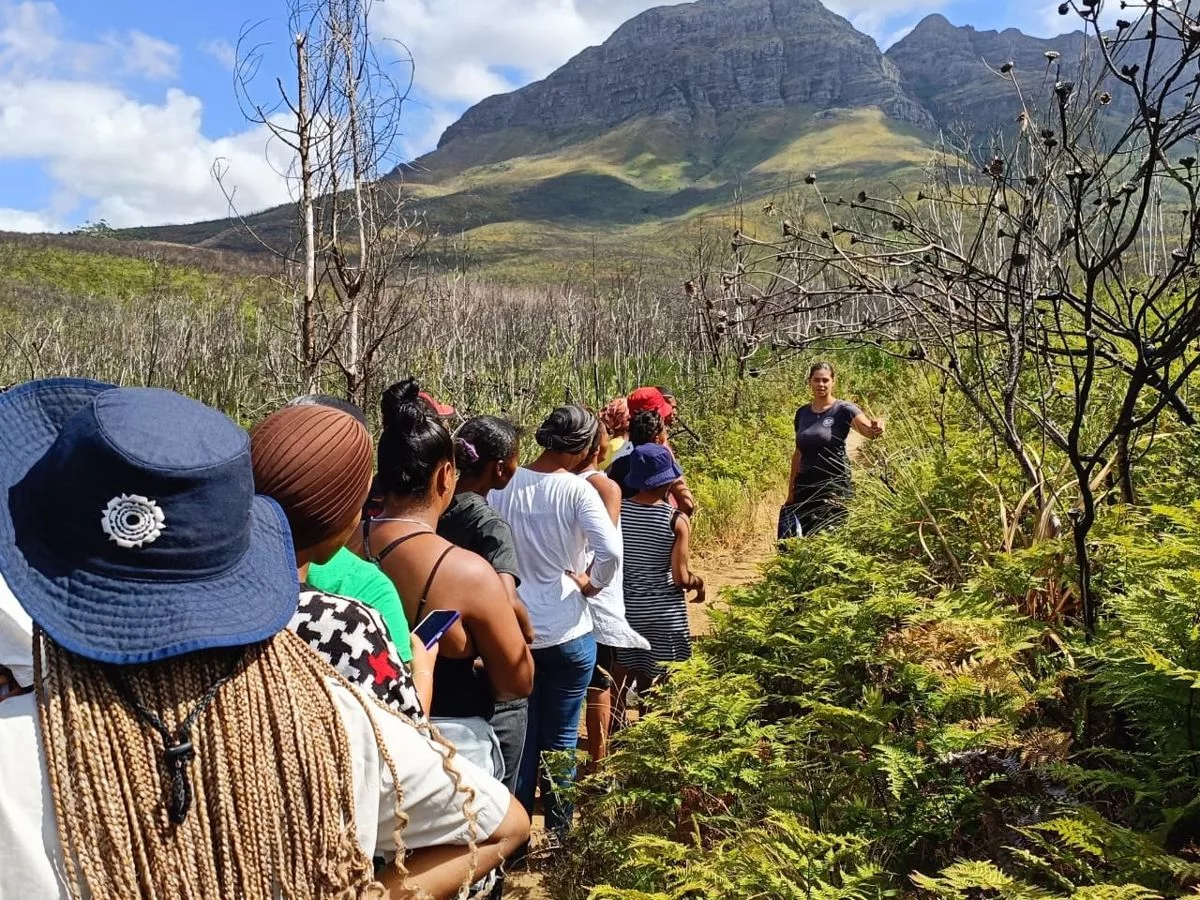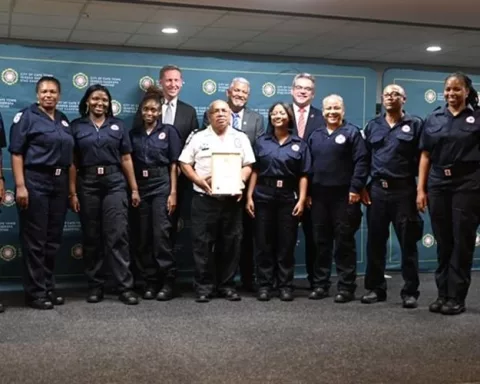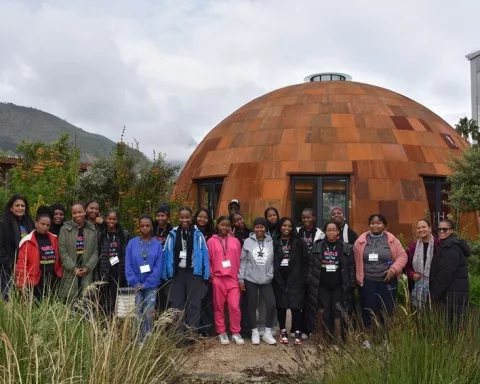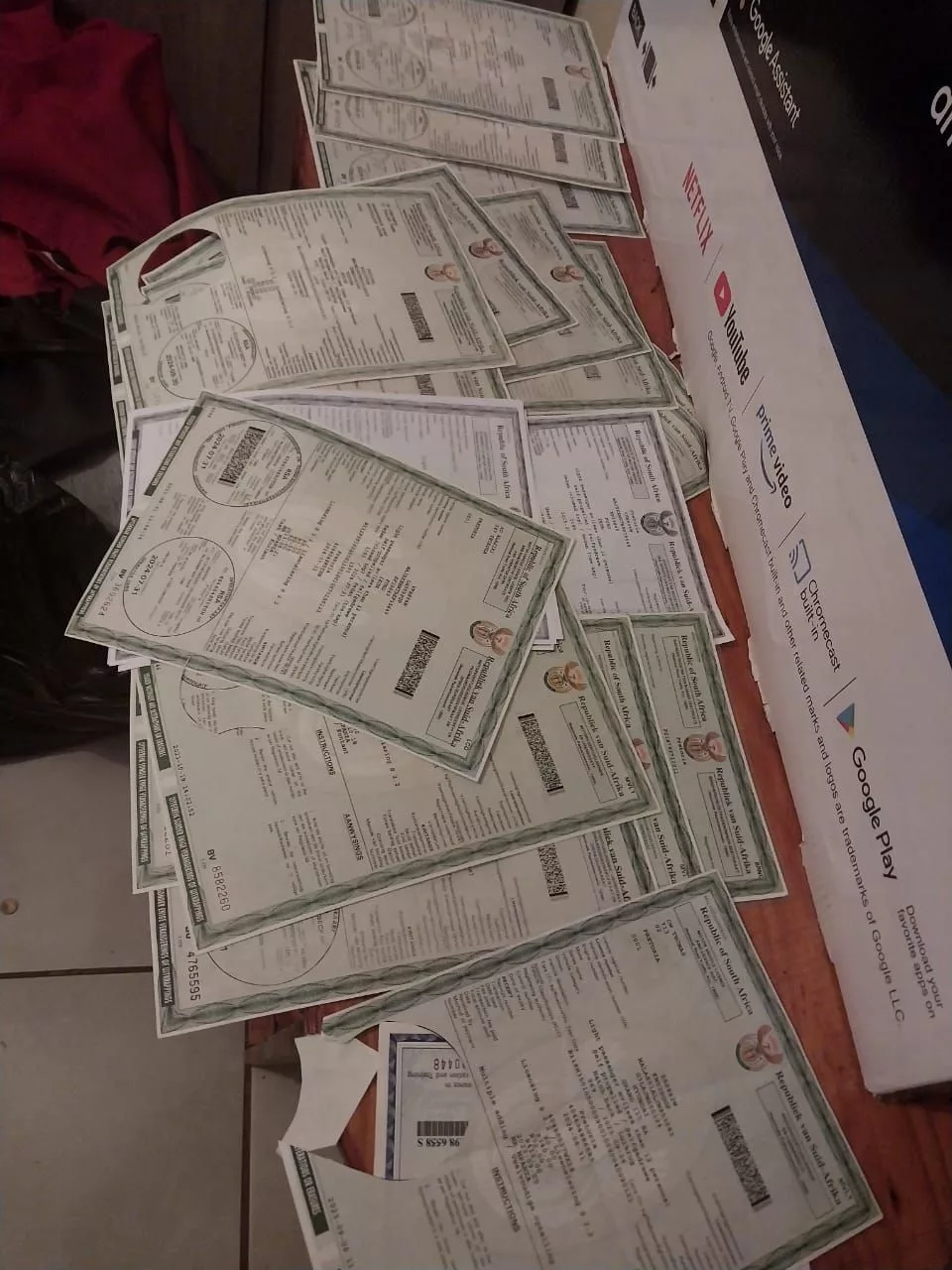The Disaster Risk Management Centre (DRMC) is taking a proactive approach against rising disaster risks by conducting 451 public education sessions in various locations to raise public awareness about disaster risks. These sessions facilitate open dialogues with local residents to gather valuable insight into their experiences which forms the foundation of practical action plans aimed at increasing community preparedness and instilling a sense of responsibility for managing risks. The DRMC is also ensuring safety at events and facilities by conducting in-depth risk assessments and developing detailed event safety plans which set out emergency procedures and protocols.
How is the Disaster Risk Management Centre raising public awareness?
The Disaster Risk Management Centre (DRMC) has conducted a total of 451 public education sessions in various locations such as schools, libraries, and non-government organizations in order to raise public awareness about disaster risks. The DRMC facilitates open dialogues with local residents to gather valuable insight into their experiences, which forms the foundation of practical action plans aimed at increasing community preparedness and instilling a sense of responsibility for managing risks.
A Season of Extensive Public Education
In the recent half year, the Disaster Risk Management Centre (DRMC) has made significant headway in raising public awareness. The centre has proudly conducted an impressive total of 451 public education sessions. These gatherings were organized at a variety of venues, including schools, libraries, at-risk communities, old age homes, and numerous non-government organizations. This broad array of locations paints a vivid image of the DRMC’s intense efforts to make communities better fortified against potential disaster risks.
The cornerstone of these endeavours is the facilitation of open dialogue with the local residents. This dialogue offers a wealth of valuable insight into the residents’ real-life experiences. These interactions form the foundation of practical action plans. The main aim of these plans is to increase community preparedness and instil a sense of responsibility in individuals for managing the risks that they face.
Alderman JP Smith, a member of the Mayoral Committee for Safety and Security, aptly describes the situation, “We are entering the winter season when numerous communities face the brunt of harsh weather conditions. These public sessions also shed light on flood risks and stress the significance of community preparedness.”
Proactive Approach Against Rising Disaster Risks
It’s important to note that these initiatives are being launched at a time when the risk of disasters is increasing due to various factors. However, instead of reacting to disasters as they occur, the DRMC is taking a proactive stance. The centre is ensuring that communities are well informed about potential risks and are aware of how to lessen their impact.
The centre’s work extends beyond merely responding to incidents after they occur. It is also spearheading several awareness programs, workshops, and other interventions aimed at fostering communities that can withstand disasters. In essence, the DRMC’s focus is not only on disaster response, but significantly, on disaster prevention.
A Key Role in Event and Facility Safety
Moreover, the DRMC plays a crucial role in ensuring safety at events and facilities. The officials responsible for event safety are key to lessening risks and implementing event safety plans. Their roles include conducting in-depth risk assessments and developing detailed event safety plans which set out emergency procedures and protocols.
In case of an emergency, the DRMC assumes a coordination role, establishing connections between services to ensure a comprehensive response. This coordination is vital to ensuring a rapid and effective response to any emergency that may arise.
Additionally, through partnerships with occupational health and safety committees at different facilities, the DRMC identifies potential hazards, evaluates risks, formulates response and recovery strategies, and implements measures to lessen these risks.
By partnering with Disaster Management officials and gathering feedback from all stakeholders, facilities can establish powerful emergency protocols. This collaboration ensures that in the event of a natural disaster, accident, or other emergency, the organization is prepared to respond rapidly and effectively, reducing potential damage and ensuring the safety of all individuals involved.
The Multi-Faceted Approach of the DRMC
In conclusion, the DRMC’s diverse approach is fostering communities that are not just prepared for disasters, but are also actively involved in managing and reducing risks. Through educational sessions, collaboration with various stakeholders, and the implementation of robust safety measures, the DRMC is empowering communities to become stronger and therefore, more resilient.
1. What is the Disaster Risk Management Centre (DRMC) doing to raise public awareness about disaster risks?
The DRMC is conducting a total of 451 public education sessions in various locations such as schools, libraries, and non-government organizations in order to raise public awareness about disaster risks. The DRMC facilitates open dialogues with local residents to gather valuable insight into their experiences, which forms the foundation of practical action plans aimed at increasing community preparedness and instilling a sense of responsibility for managing risks.
2. How is the DRMC ensuring safety at events and facilities?
The DRMC is ensuring safety at events and facilities by conducting in-depth risk assessments and developing detailed event safety plans which set out emergency procedures and protocols. In case of an emergency, the DRMC assumes a coordination role, establishing connections between services to ensure a comprehensive response. Additionally, through partnerships with occupational health and safety committees at different facilities, the DRMC identifies potential hazards, evaluates risks, formulates response and recovery strategies, and implements measures to lessen these risks.
3. What is the DRMC’s approach to disaster prevention?
The DRMC is taking a proactive approach against rising disaster risks by conducting public education sessions, awareness programs, workshops, and other interventions aimed at fostering communities that can withstand disasters. The DRMC’s focus is not only on disaster response, but significantly, on disaster prevention.
4. What is the role of the DRMC in disaster coordination?
In case of an emergency, the DRMC assumes a coordination role, establishing connections between services to ensure a comprehensive response. This coordination is vital to ensuring a rapid and effective response to any emergency that may arise.
5. How is the DRMC partnering with stakeholders to establish emergency protocols?
Through partnerships with Disaster Management officials and gathering feedback from all stakeholders, facilities can establish powerful emergency protocols. This collaboration ensures that in the event of a natural disaster, accident, or other emergency, the organization is prepared to respond rapidly and effectively, reducing potential damage and ensuring the safety of all individuals involved.
6. What is the DRMC’s overall approach to disaster resilience?
The DRMC’s diverse approach is fostering communities that are not just prepared for disasters, but are also actively involved in managing and reducing risks. Through educational sessions, collaboration with various stakeholders, and the implementation of robust safety measures, the DRMC is empowering communities to become stronger and therefore, more resilient.












